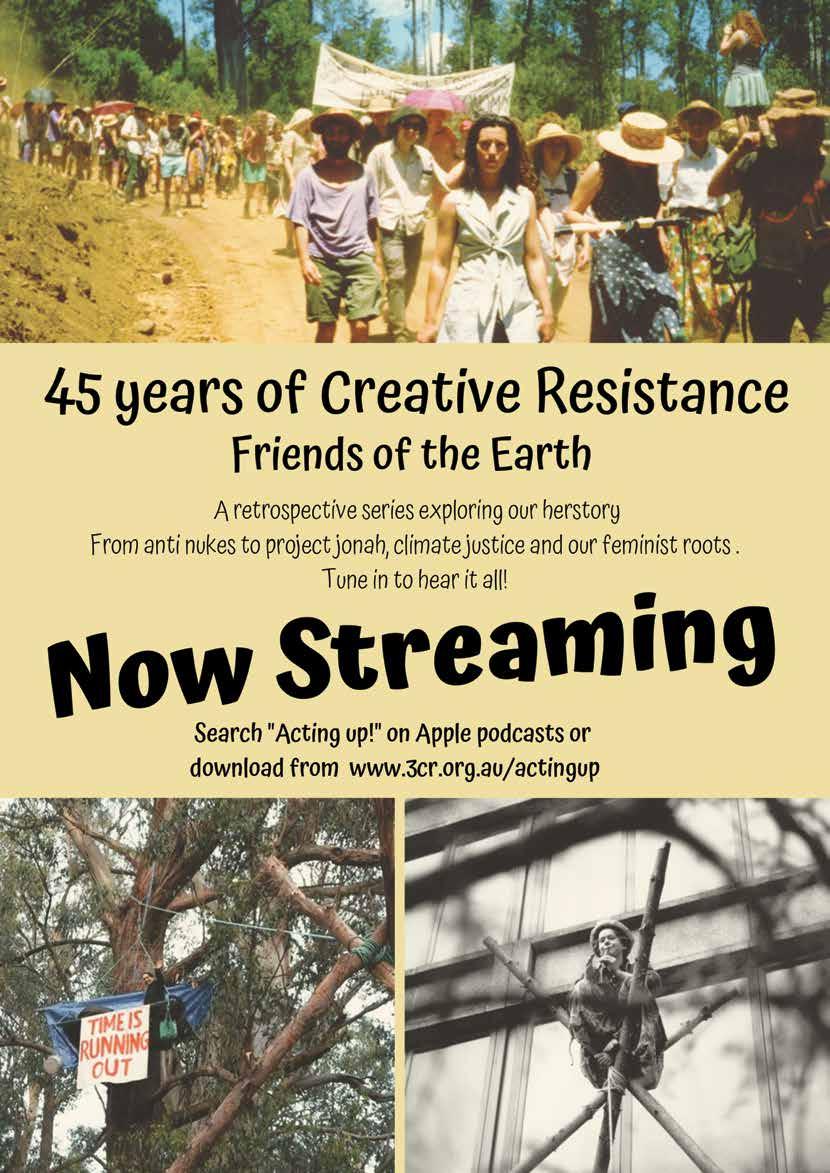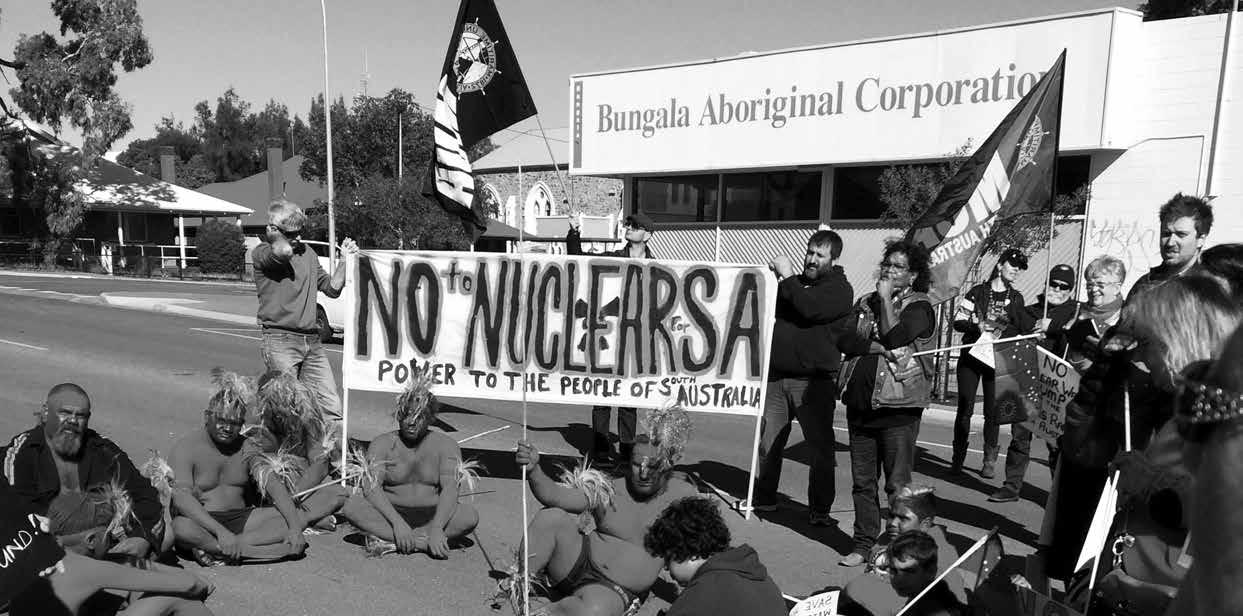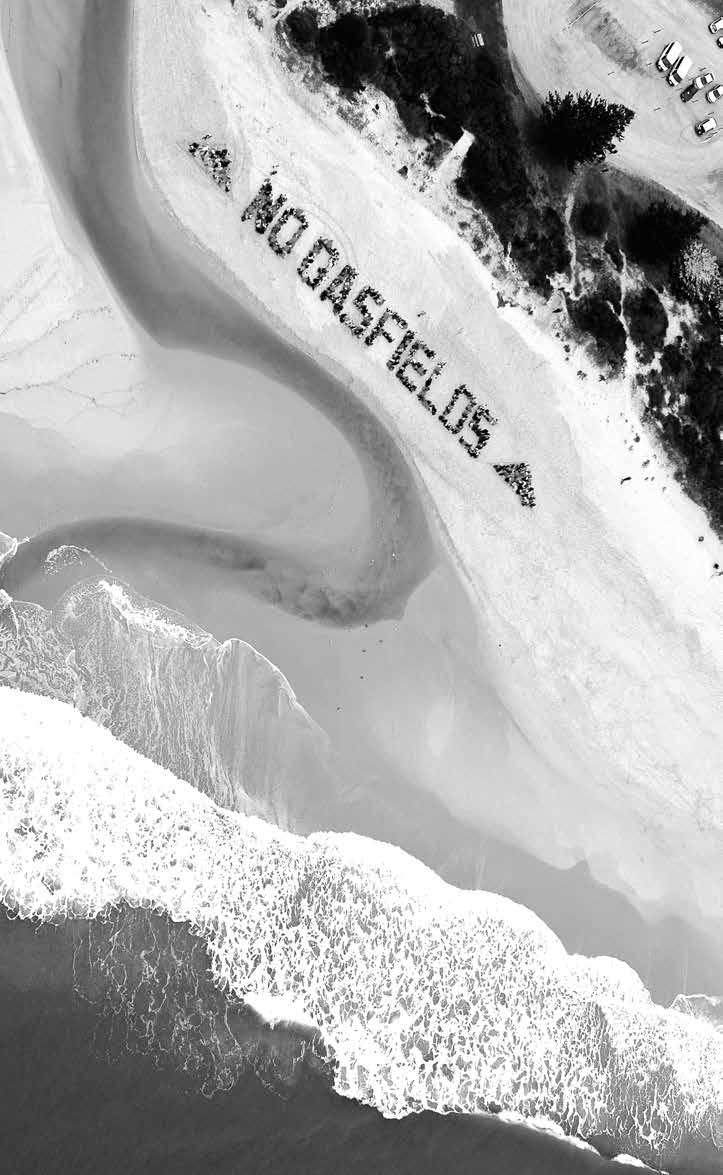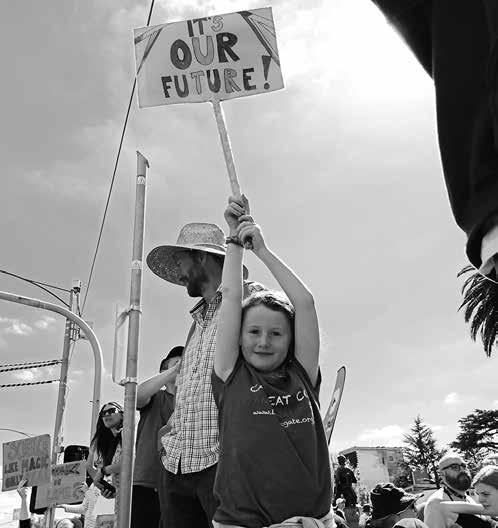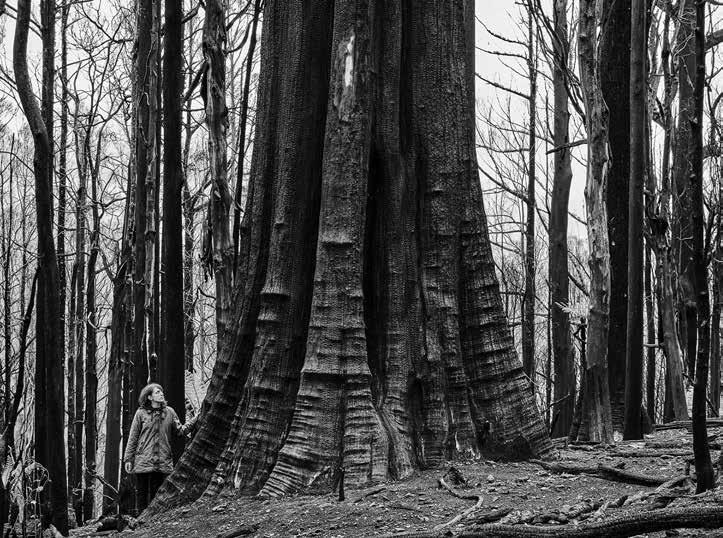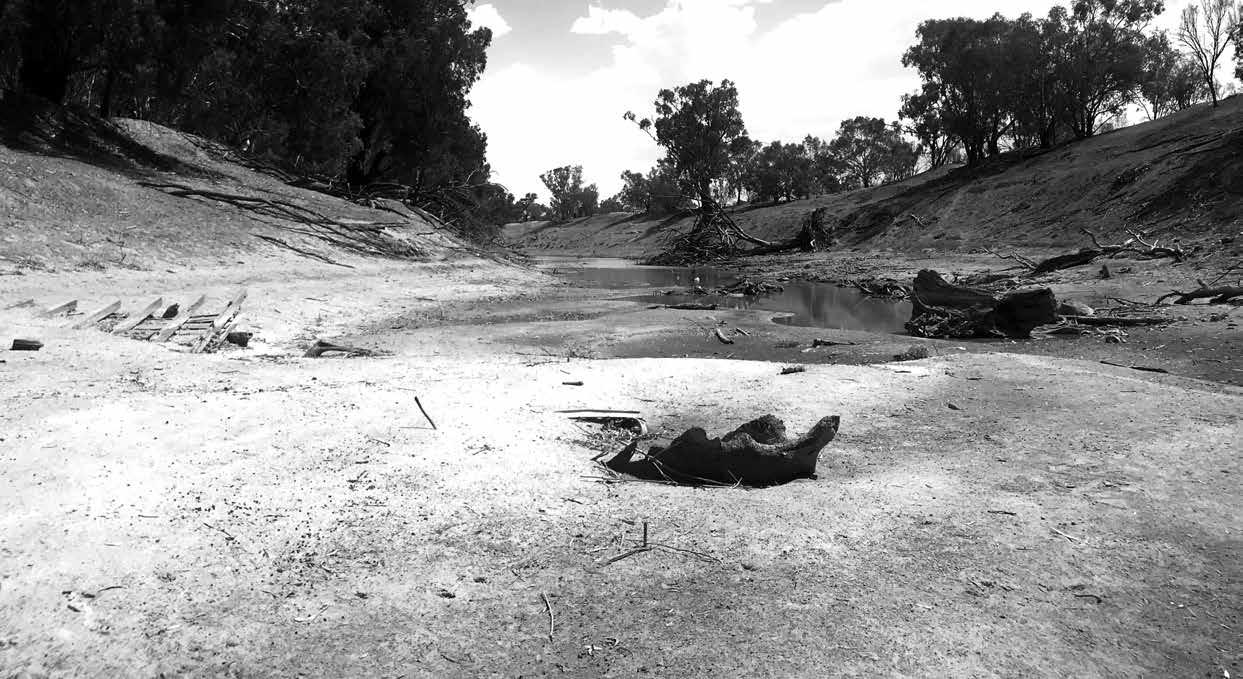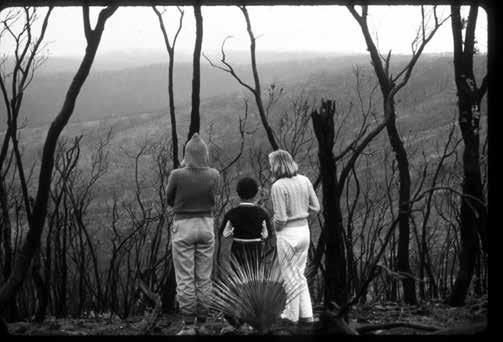Bushfire resilient land and climate care Dr. David Holmgren – permaculture co-originator
This is the Executive Summary of a detailed report posted at https://holmgren.com.au/ bushfire-resilient-land-and-climate-care
Anglehook State Forest in Victoria following the 1983 Ash Wednesday bushfires. Photo by David Holmgren.
Whilst devastating, the recent Australian bushfires provide an opportunity to come to terms with both the legacies of colonisation and the unfolding climate emergency in ways that empower bottom up householder and community level resilience. Fire is an intrinsic part of the Australian landscape. It has become more destructive since European colonisation, and over recent decades, we have experienced even greater destruction due to accelerating climate change and changes in land use. Australia could, and should, be leading the world in transitioning to a renewable energy base to reduce the root cause of the crisis. Australian landscapes were once subject to the oldest continual land management practices through indigenous cultural burning practices; stopping these practices has left us with denser, firevulnerable forests. Traditional landuses of grazing and forestry that contributed to prevention and control of bushfires have declined across large areas of the country and been replaced by residential, recreational and conservation uses in recent decades that increase our vulnerability to bushfire. Australia arguably has the best fire-fighting capacity in the world. However fuel reduction burning is currently the default land management tool in reducing fire danger. This is effective in some cases, but not in catastrophic bushfires. The season for safe fuel reduction burning is contracting. Further, burning can lead to lower-nutrient, drier soils with more fire-prone vegetation. A strategic focus on the urban/bushland interface and rural residential areas where bushfires create the greatest economic and
16
Chain Reaction #138
May 2020
social havoc demands a much broader suit of land management practices than increasing already problematic fuel reduction burning: • A return to indigenous cultural burning practices, where canopy and soil organic matter are left intact. • Greater use of grazing animals combined with farming systems that use native pasture species, fire-retardant shelterbelts and silvopasture systems to build soil water- and nutrient-holding capacity • Managing fuels with chippers, slashers and groomers as well as livestock trampling. • A greater focus on fuel reduction through decomposition; research is needed on the role of microbes in speeding decomposition, and the effects of lost soil calcium. • Rehydration of landscapes, using Natural Sequence Farming and Keyline techniques; especially along water courses receiving urban storm water. •P rotecting and managing dense areas of fire-retardant ‘novel ecosystems’ near towns and urban fringes, including non-native species such as willow. • The ecologically sensitive thinning of forests; utilising the resultant biomass can also reduce our fossil fuel dependence through carbon neutral Combined Heat and Power systems to generate dispatchable power at multiple scales, especially local scale; and, as biochar – a soil amendment providing long-term carbon sequestration, and improving soil water- and nutrient-holding capacity and microbial activity. Most of these strategies are more labour-intensive than industrial-scale clearing or fuel-reduction burning so are less appealing to government decision makers but have potential to reform and reenergise communitybased activity with government support. While all these strategies have their proponents and opponents, thinning our forests to reduce fire risk and provide carbon neutral, dispatchable, renewable energy to accelerate the shift to a 100% renewable power grid is by far the most controversial. This idea is seen by most conservationists as inviting another massive degradation of our forests in the pursuit of business as usual. Building confidence that we can manage forests for our own safety and immediate needs while we protect our biodiversity, drawdown carbon and kick the fossil fuel habit is a cultural challenge that requires leadership by environmentalists who understand how the legal fiction of “terra nullius” has distorted the conservation paradigm. Whatever the hope for adaptive top down responses, households and communities and need to become more self- and collectively-reliant as the capacity of centralised systems to manage escalating crises through command and control strategies declines. Community involvement is critical in managing local landscapes for reduced fire threat, especially in the urban/bushland interface. Flow-on benefits include community engagement, empowerment and resilience, and reduced costs to taxpayers. We need a reform of local laws to allow for small-scale community actions to be undertaken with minimal red tape. At a household level, a well thought-out and practiced fire plan, and retrofits to buildings and outdoor spaces, allows for staying and defending a property as part of a resilient lifestyle that reduces the load on authorities managing mass evacuations. This vision could bridge an increasingly polarised debate: empowering those on the libertarian right to manage land for the better; offering the green left a viable alternative for local power generation, bypassing international corporations; and providing the ‘sensible centre’ a common sense way forward to allow us to finally be at home in this land. More information: www.holmgren.com.au, www.futurescenarios.org, www.retrosuburbia.com


